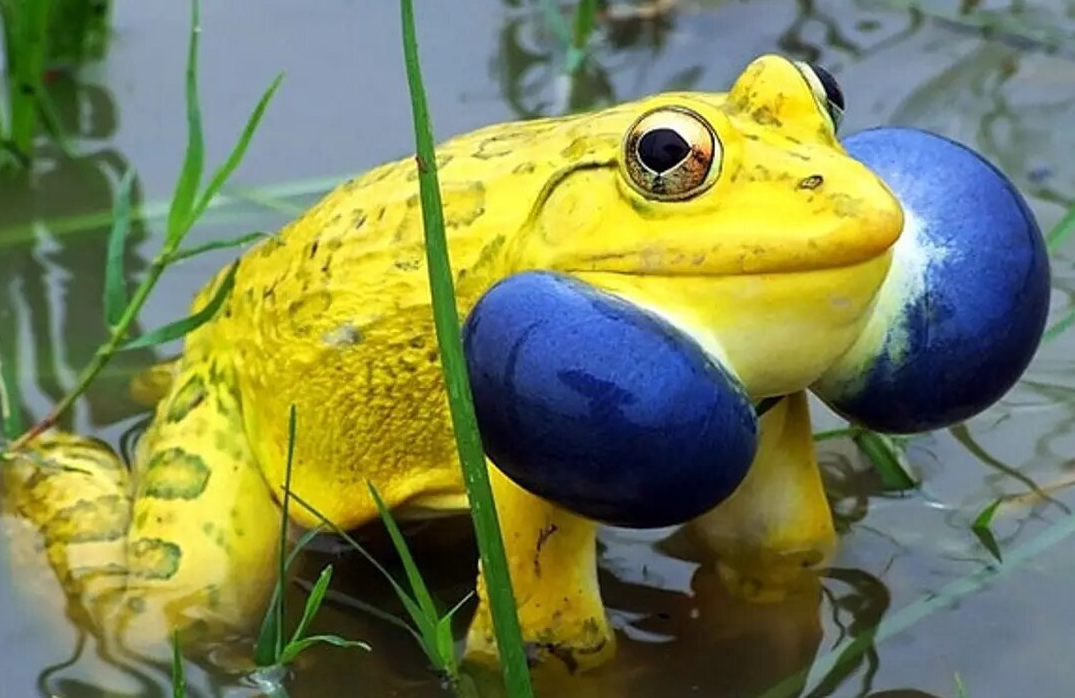7667766266
enquiry@shankarias.in
Tuting-Tidding Suture Zone (TTSZ)
Hoplobatrachus Tigerinus

Pied Cuckoo

Indian Bio resource Information Network (IBIN)
National Bio Pharma Mission
Unnat Bharat Abhiyan
Assessment of Climate Change Report
Source: PIB, the Hindu, Indian Express